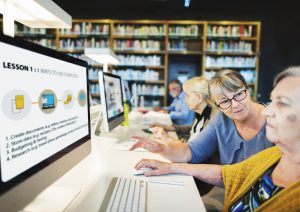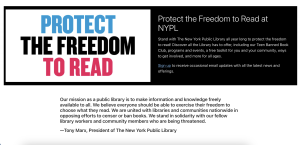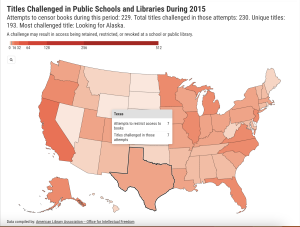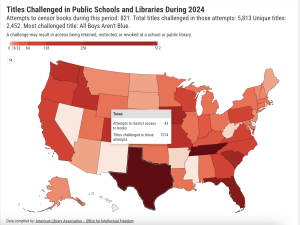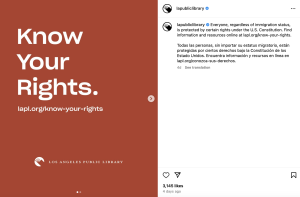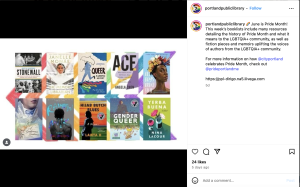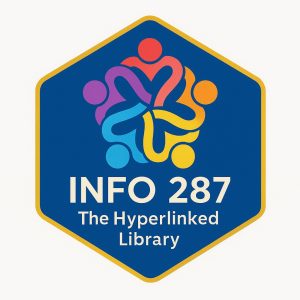
3 “Aha!” moments
- Ideas are limitless! On a basic level, I understood that today’s public libraries are about much more than just books—but this course really opened up my eyes to all of the possibilities and inventive ways libraries and other cultural institutions can engage with their communities. From tool libraries to recipes to VR field trips to rock music instruments, there are seemingly endless ways to provide a service or fulfill a need or just offer something fun.
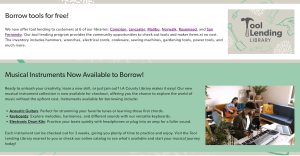
- AI is not (quite) the devil. As someone who has resisted AI and thinks it has the potential to impact young people negatively, I came to realize that maybe I was thinking about it the wrong way. Yes, when used to effectively cheat or take a short cut on school or work assignments, it will likely impact students and young minds in negative ways. But to resist it completely is to not prepare yourself for its inevitability. Both the New Horizons module and the AI/ChatGPT readings challenged me to think about AI in ways I hadn’t before, and to see that there are opportunities to use it in ways that can increase productivity (among other benefits) without sacrificing important skills. That being said, it’s important to continue questioning it and learning about it (more on that below).
3. This is less about the modules and material and more about the course itself. When the course first began, I felt a little intimidated and overwhelmed—especially in having to navigate a different approach to lectures and readings (after having just gotten comfortable with Canvas during my first semester). I also admit to panicking when I first read over the assignments and started on Assignment X. But I realized that being given permission to explore just the materials that resonated with me—versus being forced to read every single word of every chapter or article—made me want to engage even more with the material. And the flexible deadlines allowed me to let ideas percolate longer and put them down on paper with more confidence and clarity.
2 ideas to explore
- Yes, AI again. Since it is here to stay—and as we know by now, I am somewhat of a naysayer—I think it’s important that I continue to challenge myself to embrace AI and consider how it can be used as a tool. This means continuing to read about how it can be used, its ever-changing impact on information science, and what educators can do to make sure students are using it responsibly. It also means continuing to experiment with using it myself, as I did in researching my Inspiration Report.
- If my reflection posts tell you anything about me, it’s that I’m consistently interested in the way kids and teens are getting information and engaging with libraries. But until this course, I never really articulated my thoughts or put them down on paper—and it has made me realize that I need to continue exploring these areas since they will only continue to develop and change. I want to spend more time with the Horizon Report, and stay more up-to-date on trends in the field, especially as it relates to young people.

1 action I plan to take
As a volunteer at my children’s elementary school—and someone who is considering going down that career path—I’m inspired to speak to the school librarian and ask her if we can survey the kids, especially in higher grades (3-5), to get their thoughts on how the library class is run (in the spirit of participatory librarianship). Typically, a class comes in, listens to a story, and then uses the remaining time to find two books to check out and read quietly. This course has made me want to challenge the current approach and to see if the librarian (and I!) can design a more interesting program. Older children especially seem less interested in storytime, and I think they are mature enough to engage with the library in a deeper way.




